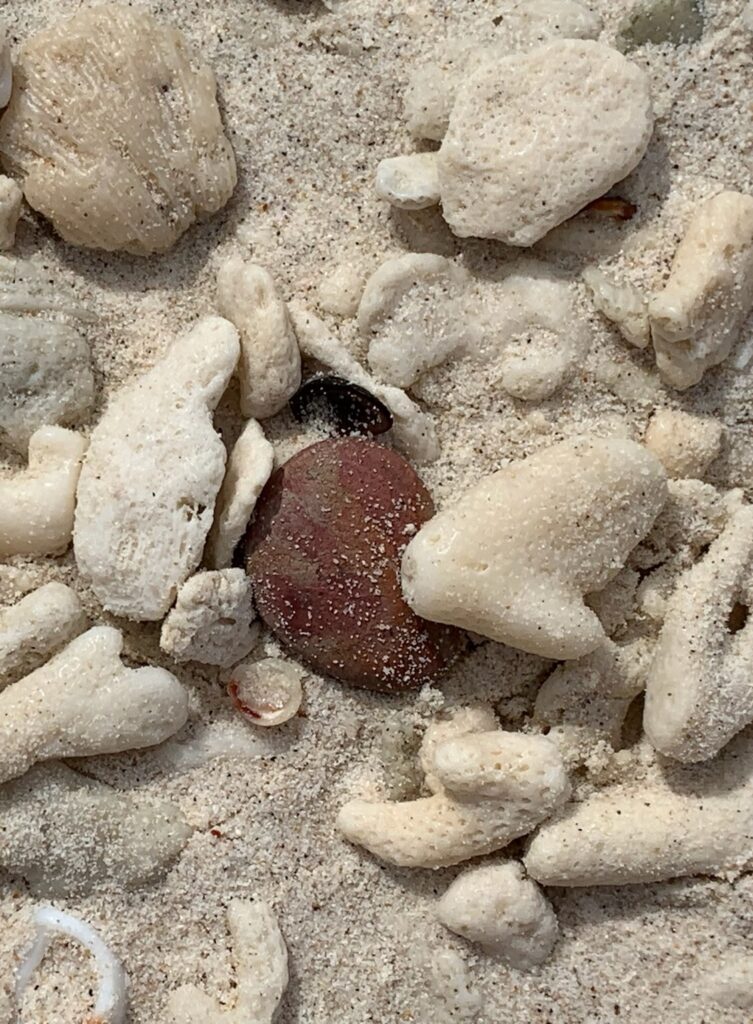Dear Integral Meditators,
I hope this message finds you well, this weeks article compares and contrasts the needs and desires of the ego, the soul and the spirit within us, and how we can begin satisfying their different desires for happiness and fulfillment together, rather than have them competing against each other…

When I was in my early twenties I sacrifices a lot of the needs and desires of my soul and ego in order to fulfill the wishes of my spiritual self. Although it was worth it in the sense that I got what I wanted (in terms of spiritual realization), in reality my soul and ego paid quite a price for my spiritual ambition and unwavering willpower. Over the last decade of my life I have come to realize that actually a person can accomplish spiritual realization without having to sacrifice the needs and desires of the soul and ego in quite such a drastic way as I did, and what I try and explain in my teaching practice at Integral Meditation Asia is how to balance the needs and wishes of the ego, the soul and the spirit, enabling them all to grow and develop together in harmony with each other, in such a way that they mutually support each others needs and goals!
Yours in the spirit of integral growth and development,
Toby
Fulfillment of the Ego, Fulfillment of the Soul, Fulfillment of Spirit
What might an integrated fulfilment of our happiness look like? One way of considering this question is to look at three levels of our being, and how each one of them exerts a different set of demands upon us in terms of what they are seeking, and what will enable them to find satisfaction and happiness.
The three levels of being working with I am calling the ego-self, the soul-self and the spiritual self or true self. All of them are important to our overall level of happiness and fulfillment in life.
The ego-self , personality or “frontal self” seeks happiness primarily through appropriate and satisfying work, relationships and a healthy self-image. The sort of work and relationships that give the ego happiness are generally ones that will give it a sense of worth within the context of the society in which the person lives. The consensus idea of what satisfying work and relationships are, as well as a self-image that “fits in” with the norm of what society thinks of as a happy, successful person are likely to be satisfactory for a person who is only active on the ego level, and largely dormant on the soul and the spiritual level.
The soul or deeper self seeks happiness through the practice of virtue or, put another way through actions that is some way express what is good, and/or what is beautiful, and/or what is true. The soul-self seeks to find and express that which is unique about itself, and to find the sorts of activities and relationships that “makes the soul sing” so to speak.
Often as not the soul will seek these experiences of deeper satisfaction and virtue through a deeper enquiry into what type of work and what type of relationships really give rise to happiness, and how work and relationships can become an expression of deeper meaning and connectivity to life.
This process of enquiry may take the person away from the “societal norms” of what a good job is, or what a happy, meaningful relationship is and move them toward a less conventional way of working, being and relating that is considered somewhat eccentric by others, but which provides a much deeper level of happiness and satisfaction to the individual soul.
The Spiritual Self, or the True Self is the aspect of self that is always and already perfect, complete, fulfilled and satisfied as it is. You cannot satisfy this self by going somewhere or becoming something, you can only find happiness in this self by recognizing it, awakening to it and being it.
One of the primary ways in which you awaken to the spiritual self is through meditation, where you learn to rest in the present moment “as it is” without looking to go anywhere or do anything. The spiritual self is outside the world of time and form. there is nothing that needs to be “done” for us to find it or for it to give us happiness. The happiness of the true self or spiritual self is found simply by recognizing it and resting in it. This is incredibly simply on one level, but our ego (and often our soul also) finds it very difficult to do, as it involves letting go of everything we think we are, temporarily “dying to ourself” so to speak.
“So What Does All This Mean?”
Well, the search for integrated happiness on the ego, soul and spiritual level might then look like this:
- On the ego level we would find happiness and satisfaction by leading a well organized life where we seek fulfilling work and relationships.
- On the soul level, within the context of the above well organized life we would make room for a deeper sense of enquiry into the meaning and purpose of our life. We would be prepared also to make changes and accept challenges in our life that would make accommodate the needs and desires of our soul to find deeper meaning and purpose in our life, to make our life an expression of deep goodness, beauty and truth.
- On the spiritual level we would spend time each day resting in the present moment, recognizing that there is nothing we can do and nowhere we can go to find ultimate fulfillment, as that ultimate fulfillment is here already, and we have never been separate from it.
Is it Easy to Do?
Many of the people that I coach seek out coaching because they are trying to deal with the tensions that come from awakening to a new level of their being. For example if a person has basically been functioning on the ego or personality level, and then awakens to the soul level, then suddenly many of the activities and relationships that they previously engaged in no longer appear satisfactory. They find themselves with new desires that they find difficult to understand. They experience anxiety because they feel as if they are becoming a new person without all of the old securities of the “old self” that they were. As such it is my job to discern the stage that people are at in their development, and help them make choices and engage in practices that will help them negotiate this transformative stage in their life successfully and securely, without avoiding or running away from the genuine challenges involved.
As such trying to balance out the demands of all three of these levels can be a challenge indeed, but the nice thing about engaging in the process of trying is that there are really an infinite number of levels and qualities of happiness and fulfillment that can be found in our life.
A Short Practice:
Once you are basically familiar with the three levels of self outlined above you can try asking yourself these three questions each day:
- “What does my ego need to help it find happiness and fulfillment today?”
- “What does my soul need to help it find happiness and fulfillment today?”
- “What can I do to connect to connect to the happiness and fulfillment that is already present within my spiritual being and true self?”
Listen to the answers that come back from these three questions, and act upon them.
© Toby Ouvry 2012, you are welcome to use or share this article, but please cite Toby as the source and include reference to his website www.tobyouvry.com

 Energy Meditation; Awakening to the Sensuality of Your Three Bodies
Energy Meditation; Awakening to the Sensuality of Your Three Bodies Spiritual Fear, Spiritual Courage
Spiritual Fear, Spiritual Courage The Key to Dealing with Stress, the Challenge of Dealing with Anxiety
The Key to Dealing with Stress, the Challenge of Dealing with Anxiety Isn’t it About Time You Got Your Inner Self in Shape? (Integral Inner Fitness Training)
Isn’t it About Time You Got Your Inner Self in Shape? (Integral Inner Fitness Training) Finding Permanence Within the Impermanent and Fulfillment Within the Dissatisfying
Finding Permanence Within the Impermanent and Fulfillment Within the Dissatisfying Three Levels of Self, Three Levels of Focus-in-Time
Three Levels of Self, Three Levels of Focus-in-Time
